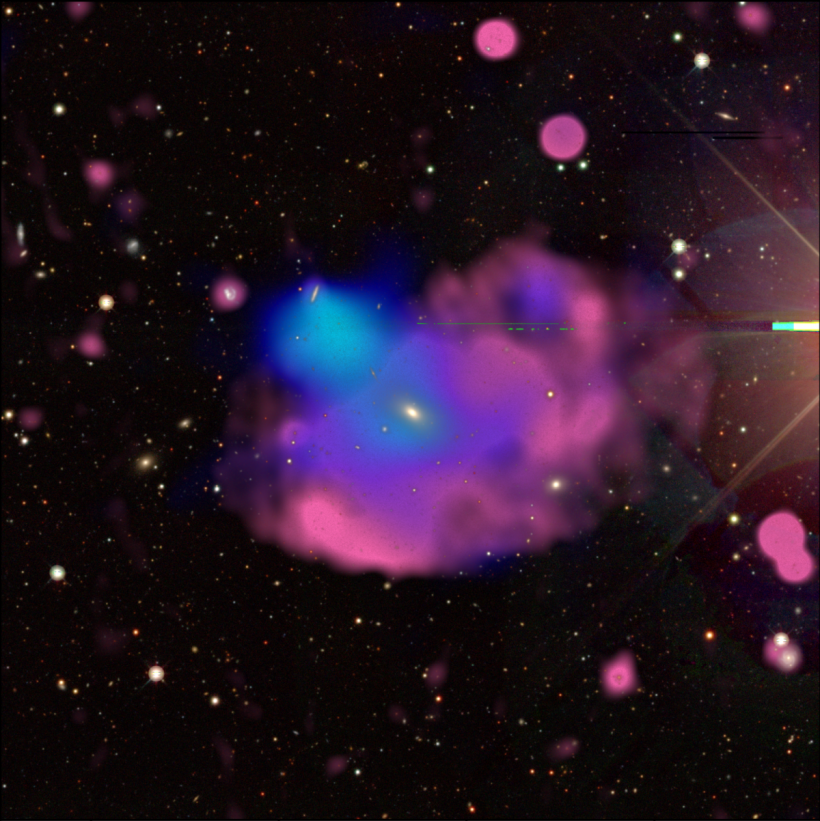
(Photo: X. Zhang and M. Kluge (MPE), B. Koribalski (CSIRO))
NASA's X-ray satellite has unveiled a "lucky" discovery, shedding new light on an enigmatic phenomenon in space known as odd radio circles (ORCs), with one particularly striking formation resembling a cloverleaf.
Odd Radio Circles in Galaxies
Astronomers have long been puzzled by the presence of massive circular radio features surrounding galaxies, the origin of which has remained elusive.
Recent observations, however, suggest that these mysterious ORCs may be the result of galaxies colliding, according to NASA.
The latest study, led by astrophysicist Esra Bulbul from the Max Planck Institute for Extraterrestrial Physics in Germany, utilized X-ray observations to delve into the Cloverleaf ORC and reveal unprecedented insights into its formation.
The discovery of ORCs is relatively recent, emerging only in 2021 due to advancements in radio survey technology capable of detecting faint signals.
Astronomers identified eight of these peculiar structures dispersed beyond our galaxy, each encompassing vast regions comparable to entire galaxies, and sometimes even multiple galaxies.
Esra Bulbul highlights the profound mystery surrounding ORCs, noting that their immense radio emissions defy conventional explanations. Despite attempts to replicate their shapes through simulations, no model adequately captures the intensity of these phenomena.
The breakthrough came when Bulbul and postdoctoral researcher Xiaoyuan Zhang harnessed data from the eROSITA X-ray telescope, uncovering X-ray emissions associated with the Cloverleaf ORC.
This revelation spurred further investigations, culminating in collaborative efforts with the XMM-Newton telescope, jointly operated by the European Space Agency (ESA) and NASA.
The subsequent XMM-Newton observations unveiled a fascinating distribution of gas within the galaxy groups surrounding the Cloverleaf.
"We really got lucky," Zhang said in an official statement. "We saw several plausible X-ray point sources close to the ORC in eROSITA observations, but not the expanded emission we saw with XMM-Newton. It turns out the eROSITA sources couldn't have been from the Cloverleaf, but it was compelling enough to get us to take a closer look."
Read Also: NASA Hubble Space Telescope Resumes Scientific Mission, But TESS' Exoplanet-Hunting in Limbo
Exceptionally Rare
The X-ray spectrum revealed temperatures reaching around 15 million degrees Fahrenheit (8-9 million degrees Celsius), indicative of intense gravitational interactions between galaxies.
Zhang emphasizes that this measurement aligns with deep visible light images, corroborating the presence of approximately a dozen galaxies involved in the merger.
Kim Weaver, the NASA project scientist for XMM-Newton, underscores the uncertainty surrounding the source of accelerated particles responsible for these emissions.
Galaxy mergers are relatively commonplace cosmic events, yet ORCs remain exceptionally rare. Bulbul underscores the need for further comprehensive observations using both radio and X-ray telescopes to unravel the underlying mechanisms fueling these phenomena.
Mergers are essential for cosmic structure formation. However, according to Bulbul, a unique factor in this system significantly boosts radio emissions.
She emphasized the need for more extensive data from both radio and X-ray telescopes to understand this phenomenon.
The team managed to unravel the mystery surrounding the Cloverleaf ORC, yet their findings have also sparked new questions. They intend to conduct more detailed investigations of the Cloverleaf to extract deeper insights.
Related Article: NASA's Picture of the Day Showcases the Majestic Scale of the Grand Design Spiral Galaxy






